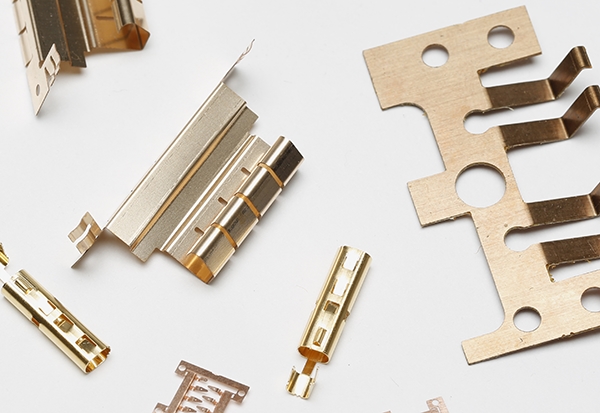This website uses cookies so that we can provide you with the best user experience possible. Cookie information is stored in your browser and performs functions such as recognising you when you return to our website and helping our team to understand which sections of the website you find most interesting and useful.
How Chemical Etching Reduces Design Costs for LiDAR Technology
Photochemical etched components are making their way into some of the latest trends involved with Industrial Internet of Things (IIoT), autonomous driving, and smart cities, including Light Detection and Ranging, or LiDAR, technology.
LiDAR was introduced in the 1960s by Hughes Aircraft Company. Its usefulness and accuracy did not become public until the 70s when astronauts from the Apollo 15 mission used it to map the surface of the moon.
Today, LiDAR is used in a variety of applications across defense, aerospace, and automotive. It quickly measures variable distances between objects using a rapidly firing laser and automated sensors for:
- Power management and sustainability for smart city infrastructures
- Object detection for transportation systems and autonomous vehicles
- Aerial mapping for various terrain management and disaster control
- 3D vision for robotics and independent machining systems

The Anatomy of LiDAR Technology
There are a lot of smaller and intricate components that work together for LiDAR technology to successfully capture high-resolution, 3D representations of various environments. The main parts include:
- Lasers
- Semiconductor and sensor elements
- Phased arrays (antennas)
- Microelectromechanical mirros (MEMS)
- Dual axis scanner and optics
- Position and navigation systems (GPS and IMU)
- Photoelection and receiver electronics
All of these components allow LiDAR technology to offer incredibly fast, accurate, and consistent results. However, for some applications it can get pricey and the amount of data can become overwhelming. To keep costs down without losing quality, an alternative for design engineers to consider for LiDAR components is photochemical etching.
Acid Etching for LiDAR Reduces Production Costs
Photochemical machining (PCM), or acid etching, is a precise method that allows for extremely tight tolerances and configurations not possible with traditional machining techniques such as CNC machining, metal stamping, or laser cutting.
The process answers the demand for low-cost, burr-free parts including hardened metals, without inducing stress. Additionally, OEMs have greater design flexibility at minimal costs through the use of digital tooling, and receive their completed parts in a matter of days, not months.
Materials for LiDAR Acid Etched Components
Considering the different components that comprise a single LiDAR system, photochemical machining is capable of etching a wide variety of materials including:
Regardless of a metal’s hardness, brittleness, and/or thickness, the photochemical method is able to transition from low, medium, and high production volumes in short periods of time without significantly affecting the overall costs.
As technology continues to advance within automation, more industries will be adapting LiDAR technology to increase safety features. Photochemical machining helps OEMs maintain that competitive edge as demands increase for low cost intricate parts.

